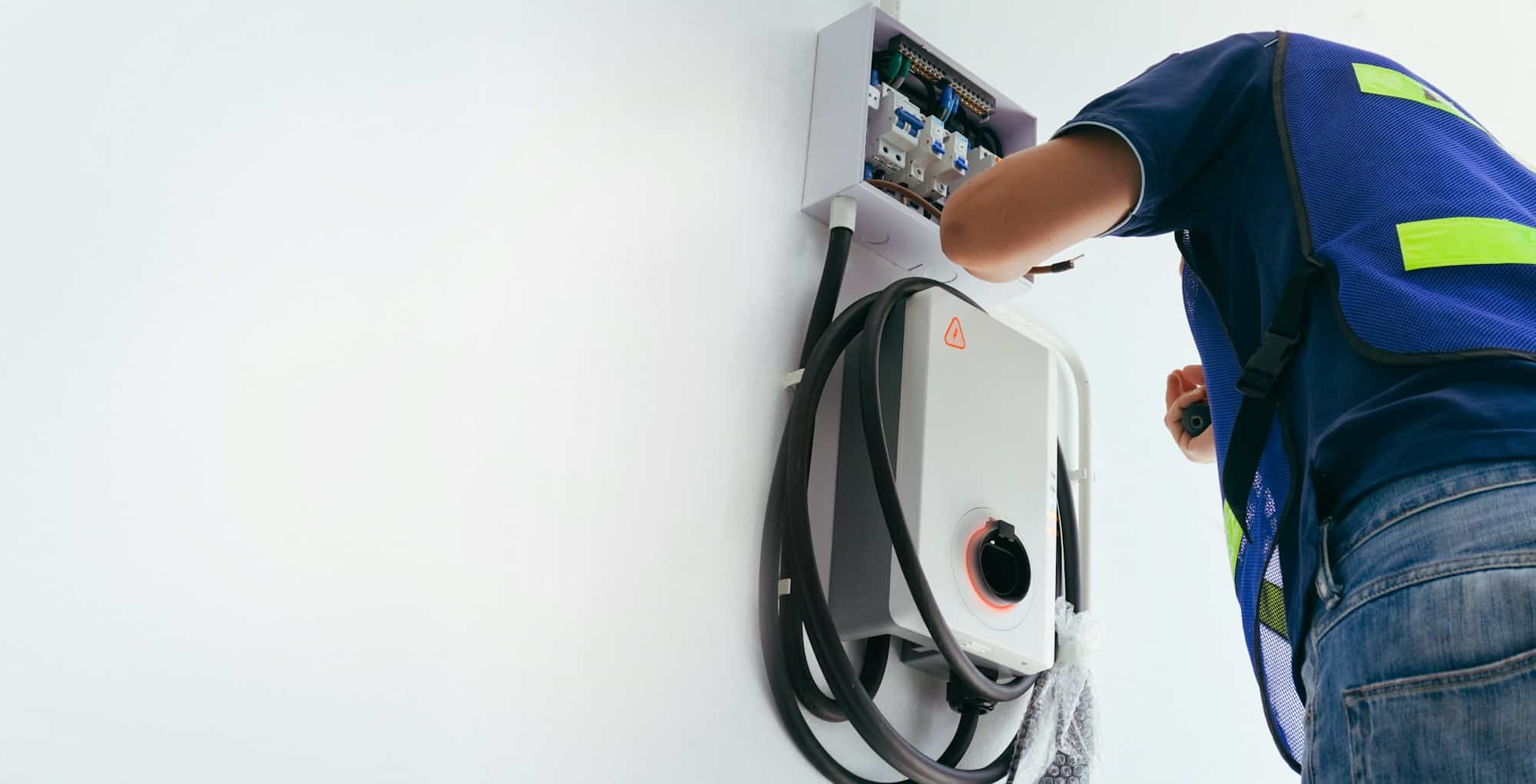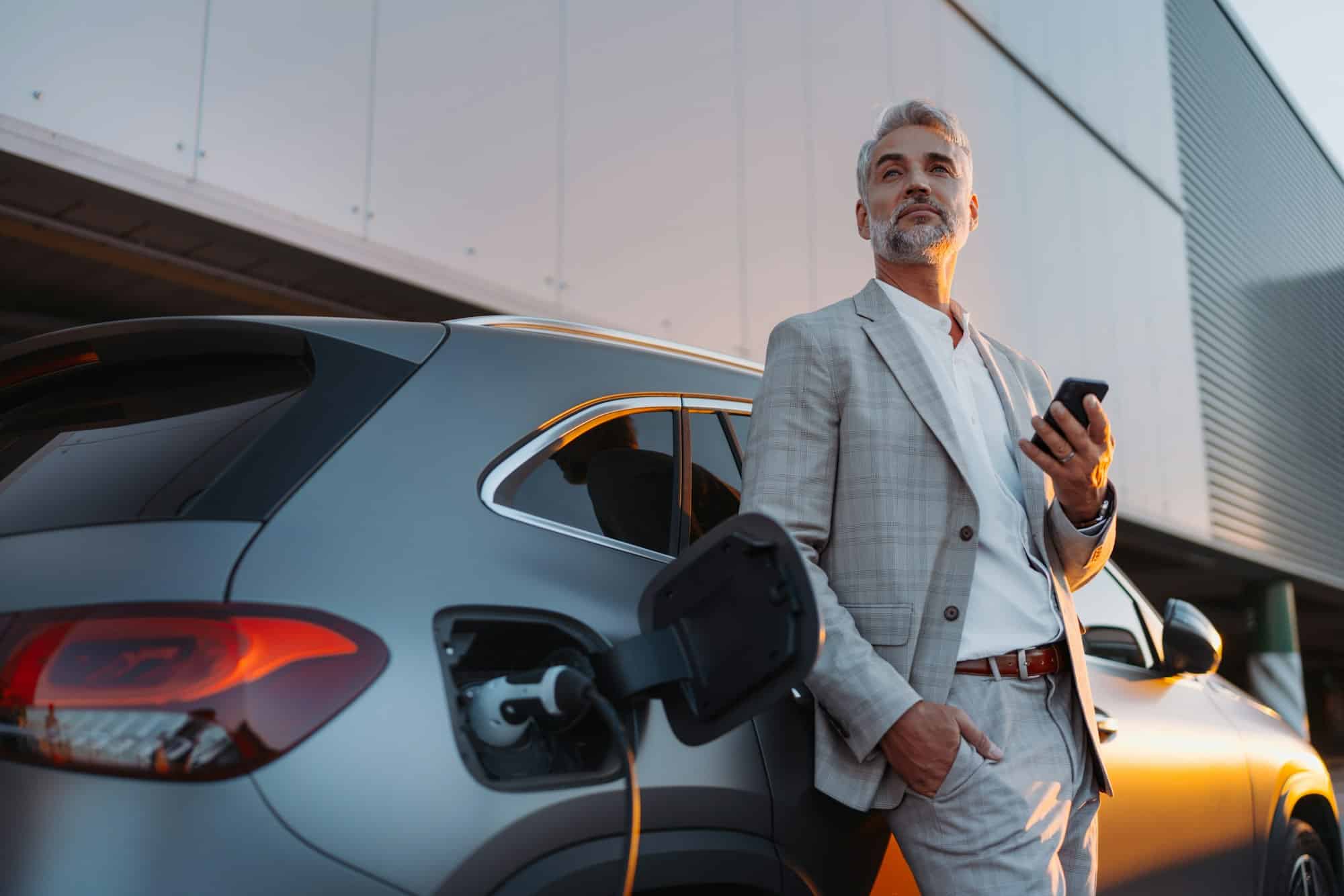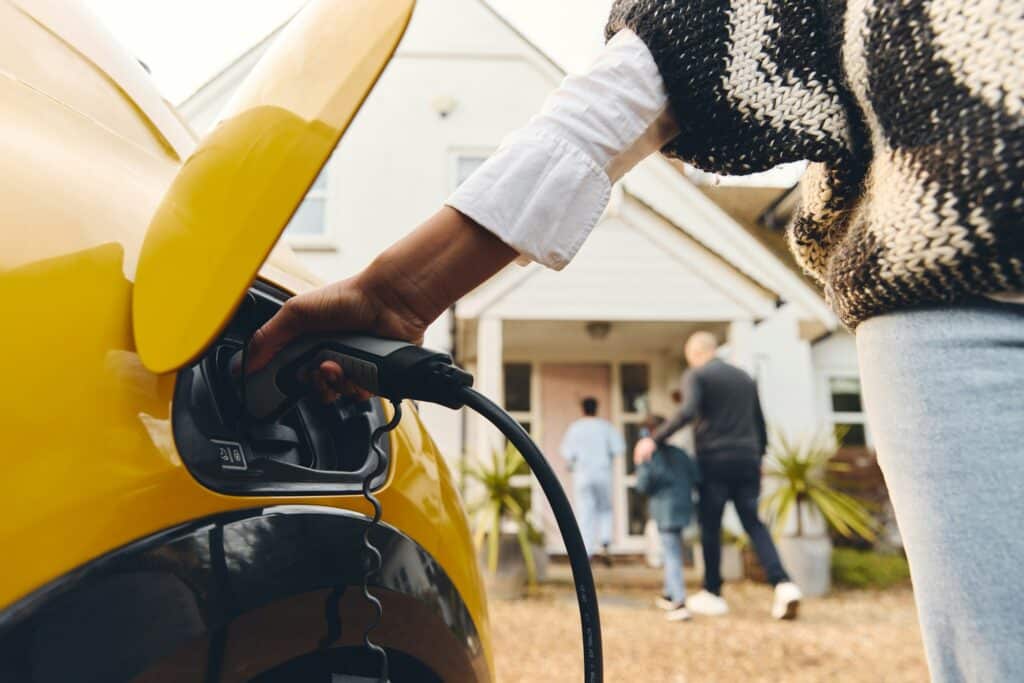Maximizing the efficiency of your solar battery is essential for prolonging its lifespan and optimizing its performance. Understanding the dos and don’ts of maintaining your solar battery system is crucial in ensuring it operates at its best capacity.
In this comprehensive guide, we will delve into practical solutions on how you can make your solar battery last longer, providing valuable insights for homeowners, commercial businesses, and those seeking to enhance their green energy solutions.
By following these maintenance tips and avoiding common pitfalls, you can enjoy the benefits of sustainable energy while maximizing the longevity of your solar battery system.
Understanding Your Solar Battery System
Know Your Solar Battery: Components and Functionality
Understanding the components and functionality of your solar battery is the first step in maximizing its efficiency. A typical solar battery system includes the battery cells, which store energy, the battery management system (BMS) which monitors and manages the cells, and the inverter that converts the stored DC power into AC power for your home’s use.
The battery cells are the heart of the system, and they come in different types, such as lithium-ion or lead-acid, each with its own charge and discharge rates. The BMS plays a crucial role in protecting the cells from overcharging or deep discharge, which can significantly impact battery life.
Recognizing the signs of a healthy battery system, such as consistent charge levels and absence of extreme temperature fluctuations, is key. Conversely, if you notice your battery taking longer to charge or depleting faster than usual, it may be time for a check-up.

The Role of Regular Maintenance in Solar Battery Longevity
Maintaining your solar battery through routine check-ups is vital for its longevity. These include basic visual checks for damage and more specialized service from professionals when needed. Clean terminals and secure connections are essential to prevent power loss and ensure safety. Regular monitoring of the charge level, avoiding full depletion, and prompt issue resolution all contribute to the lasting health and efficiency of your solar battery system.
Maximizing Solar Battery Efficiency: The Dos
Keeping Your Battery Cool
Excessive heat can significantly impact your solar battery’s performance and longevity. Keeping your battery cool is fundamental for its optimal operation. Expose your system to adequate ventilation or consider installing a cooling system if your battery is placed in an area prone to high temperatures. Regularly monitor your battery’s temperature to ensure that it remains within the recommended range.
Regularly Cleaning Your Solar Panels
Solar panels work optimally when they are clean and unobstructed. Regular cleaning helps in maintaining the performance of your solar panels at peak level. Depending on your geographic location and the local climate, method and frequency of cleaning may vary.
Regularly Checking Your System
Don’t wait for a problem to appear before you check your solar battery system. Regular maintenance checks can help you identify potential issues before they become problematic. Inspect connections for signs of corrosion or looseness, check the structural integrity of the battery casing, and monitor the battery’s charge levels. Any irregularities should be addressed promptly to minimize damage.
Installing Surge Protection
Power surges can be detrimental to your solar battery system. Install surge protection to shield your system from sudden voltage increases. This can be particularly important in areas prone to lightning strikes or power surges.
Avoid Overloading Your Battery
Your solar battery is designed to handle a certain amount of load. Overloading can cause your battery to work harder than it needs to, resulting in shortened lifespan and reduced efficiency. Always ensure your power consumption aligns with your battery’s capacity.
Leveraging TOU Rates and Net Metering for Optimal Savings
Navigating your utility’s time-of-use (TOU) pricing and net metering guidelines is pivotal for homeowners looking to maximize cost savings. With TOU pricing, electricity rates fluctuate based on demand patterns, reaching a peak during high-demand periods. By tapping into the energy stored in your solar battery during these peak periods, you can make significant cost savings. Conversely, net metering can be a financially rewarding practice, allowing you to gain credits for surplus power you contribute back to the grid – credits that can be used to reduce future energy bills.
Understanding the utility’s time-of-use (TOU) rates, such as Pacific Power’s TOU, and net metering policies can help homeowners devise strategies to maximize savings.
During peak electricity demand periods, TOU rates are higher, making it advantageous to use stored energy from the battery. Net metering allows homeowners to earn credits for excess energy sent back to the grid, which can be used to offset future electricity bills.

Avoiding Common Mistakes: The Don’ts
Overcharging and Deep Discharging
Overcharging and deep discharging are practices that can severely harm your solar battery’s lifespan. Overcharging occurs when the battery is allowed to charge beyond its capacity, leading to excess heat and voltage that can damage the cells. To prevent overcharging, use a charge controller that automatically stops the charging process once the battery is full.
Similarly, deep discharging – allowing the battery to drain completely before recharging – can also reduce the battery’s capacity over time. Most batteries have a specified depth of discharge (DoD) limit that should not be exceeded. Regularly discharging beyond this limit can cause irreversible damage.
Always adhere to the recommended DoD and charge levels provided by the battery manufacturer.
Neglecting Battery Maintenance: Consequences and Solutions
Neglecting regular maintenance of your solar battery can lead to a host of problems, ranging from reduced performance to system failure. A lack of maintenance can result in the build-up of dirt and debris, which can impede airflow and lead to overheating. Corroded terminals and loose connections can also cause charge inefficiencies and potential safety risks.
The consequences of neglect can be severe, including a shortened battery lifespan and increased costs due to the need for untimely replacements or repairs. In the worst-case scenario, neglect can lead to battery failure, leaving your home or business without power and potentially causing damage to your solar energy system.
The solution is straightforward: adhere to a regular maintenance schedule. Clean the battery area, check connections, and ensure proper ventilation. If you’re unsure about how to maintain your solar battery, consult a professional for guidance (like Pure Energy Group of Oregon). Proactive maintenance is the key to avoiding these issues and ensuring your solar battery remains a reliable source of energy.
Each of these steps contributes to maximizing the efficiency of your solar battery system. Remember, the key to a high-performing solar system is regular maintenance and proper use. By following these tips, you’ll be well on your way to harnessing the full potential of solar energy.


